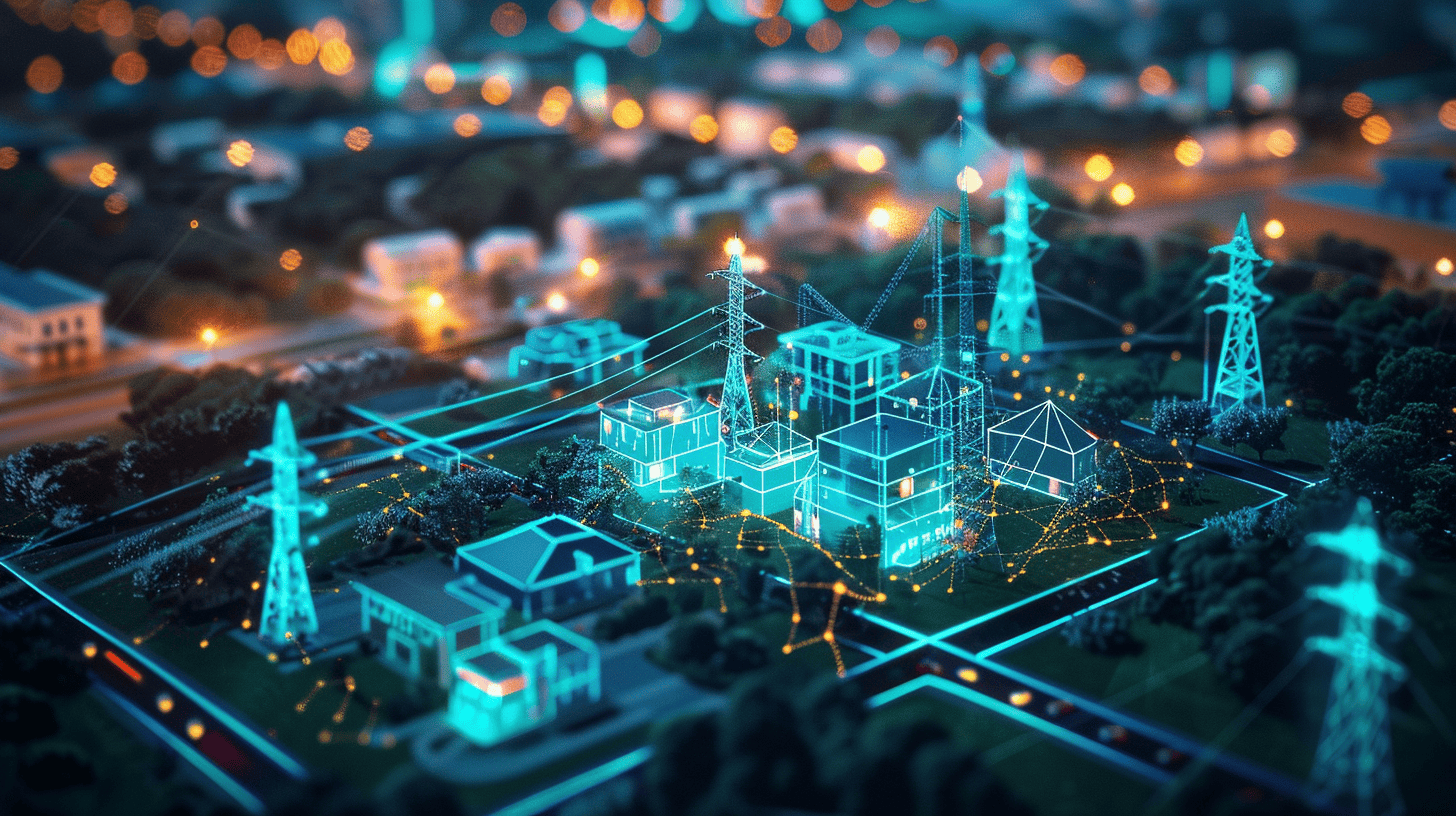
At the Madrid Climate Conference, which is taking place right now, it is mainly about coming up with measures to combat climate change. One of the measures involves the transition to sustainable energy. The existing methods for generating energy contribute significantly to the acceleration of climate change and greenhouse gas emissions. This is why the government has set a target in the Energy Agenda aimed at reducing CO2 emissions by 80 to 95 % between now and 2050. Everyone can do their bit to achieve this. For example, by generating your own energy for your smartphone using a mini fuel cell. With your own fuel. In other words, urine.
Cheap and nifty
A research team from the University of Bath, together with the Queen Mary University in London and the Bristol Bioenergy Centre, have developed an innovative miniature fuel cell that actually is capable of producing electricity from urine. This new microbial fuel cell is smaller, more powerful and cheaper than similar devices. It costs around €1.50 to €3.
A microbial fuel cell converts organic substances like urine into electricity with the help of natural biological processes involving ‘electric bacteria’. These power sources are efficient, relatively cheap to use and produce hardly any waste compared to other methods, as the inventors have pointed out in an article in the Electrochimica Acta trade journal.

“If we are able to exploit the potential of human waste, it will revolutionize the way that electricity is generated,” Dr. Mirella Di Lorenzo asserts. She is a lecturer at the University of Bath. Microbial fuel cells can play an important role in the search for safe, affordable and environmentally friendly energy. There is no universal solution to the energy problem. We must make use of all available options. Including the use of urine.”
Microbial fuel cell
The fuel cell is 6.5 square centimeters in size. It uses glucose and ovalbumin (a protein that is extracted from egg white) as catalysts. Up until now, microbial fuel cells have mainly mainly used platinum as a catalyst. This is much more expensive than glucose and ovalbumin. The researchers experimented with electrodes of various lengths to figure out the way to generate as much energy as possible. It turned out that output increased tenfold when the electrodes were lengthened from four to eight millimeters. They were also able to boost output proportionally by stacking several units.
Currently, one single microbial fuel cell generates two watts of electricity per cubic meter. The principal author of the study and CSCT PhD student Jon Chouler admits that this is still quite limited. Especially when compared to hydrogen fuel cells or solar cells. But it is enough to power a smartphone. Moreover, the main advantage of this technology lies in the extremely low production costs and the use of waste as a fuel which neither runs out nor produces harmful gases.
“Pee-power” can resolve energy problems
“Microbial fuel cells have the potential to be an important energy source in developing countries. Especially in impoverished and rural areas,” says Chouler. It is exciting to be working on creating these kinds of technologies. Developments that will mean that people who do not have access to electricity or who cannot afford it at the moment will soon have electricity. “I hope that thanks to our research this will enable those in need to have a better quality of life.” According to Dr. Tim Mays, co-director of CSCT, this renewable “pee-power” is a “brilliant idea, and its use in developing countries will have a tremendous positive impact on the lives of people living in areas where there are major energy shortages.”
The research team is now examining ways to improve the capacity of the microbial fuel cell. The researchers are convinced that they will be able to improve the cell’s output by optimizing the cell’s design.
You can find more articles on alternative energy here.








